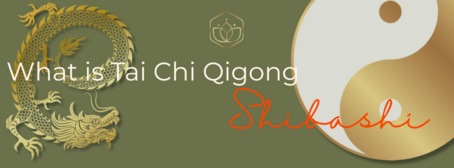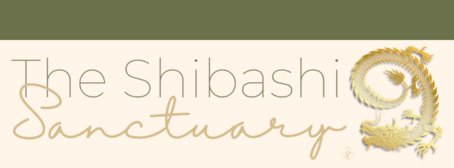Qigong — Energy for Health and Calm
Qigong (also called Chi Kung) is a 5,000-year-old Chinese health practice designed to keep your body and mind in balance. “Qi” means energy. “Gong” means work or skill. Together, they mean working with your body’s natural energy to improve health, vitality, and emotional wellbeing.
Through gentle movements, relaxed breathing, and mindful focus, Qigong helps you release stress, boost your energy, and support your body’s ability to heal. It’s simple, adaptable, and can be practised by anyone, anywhere.
What is Tai Chi?
Tai Chi Chan (also called Taijiquan) is a traditional Chinese internal martial art, best known today for its slow, flowing movements. Originally developed for self-defence, it’s now widely practised as a form of gentle exercise that improves balance, flexibility, and mental focus.
The movements are performed in a continuous sequence, with an emphasis on posture, breathing, and a calm, mindful state. Many people use Tai Chi to reduce stress, support joint health, and improve overall wellbeing.
How Tai Chi and Qigong Connect
While Tai Chi can be practised purely as physical movement, its deeper benefits come from combining it with the energy and breathwork of Qigong. Qigong is the foundation of Tai Chi, it helps you develop awareness of your body’s internal energy and teaches you to move in harmony with your breath.
Practising Qigong alongside Tai Chi can help you learn Tai Chi more easily, feel its health benefits more quickly, and access the meditative, stress-reducing aspects of the practice.
What is Tai Chi Qigong Shibashi?
Tai Chi Qigong Shibashi is one of the most accessible forms of Qigong. It combines sets of 18 gentle, flowing movements based on Tai Chi principles, each linked with relaxed breathing.
This practice can help you:
Reduce stress and anxiety
Improve circulation and digestion
Support lung health and breathing
Increase flexibility and balance
Feel calmer, more focused, and more energised
It’s easy to learn, gentle on the joints, and can be done standing or seated, making it suitable for all ages and abilities. Over 10 million people worldwide already enjoy its benefits, and it’s officially recognised as a national health exercise in Malaysia and Indonesia.
An Example Shibashi Exercise
Eastern benefits of Flying like a wild goose:
Meridian stimulation and Qi flow
Primarily activates the Lung meridian (responsible for taking in Qi from the air) and the Heart meridian(governing circulation of blood and Shen, the mind/spirit).
The expansive opening of the chest and arms helps to disperse stagnant Lung Qi and release any emotional constraint held in the chest area.
Supports the Pericardium meridian by loosening the chest and shoulders, aiding in emotional protection and heart health.
Five Elements link
Connects to the Metal element (Lungs and Large Intestine) encourages letting go of grief, sadness, and anything no longer serving the body or spirit.
Also nourishes the Fire element (Heart and Small Intestine) fostering joy, vitality, and open-heartedness.
Organ health according to Traditional Chinese Medicine (TCM)
Benefits the Lungs ~ improves Qi intake, disperses excess heat or phlegm, and strengthens defensive Wei Qi.
Benefits the Heart ~ supports healthy blood circulation and calms the Shen, reducing anxiety or restlessness.
Emotional and spiritual aspect
The imagery of a wild goose in flight aligns with the idea of freedom and perspective, lifting stagnant emotions and bringing clarity.
Helps to balance grief and joy – important in TCM for emotional regulation and overall harmony.


